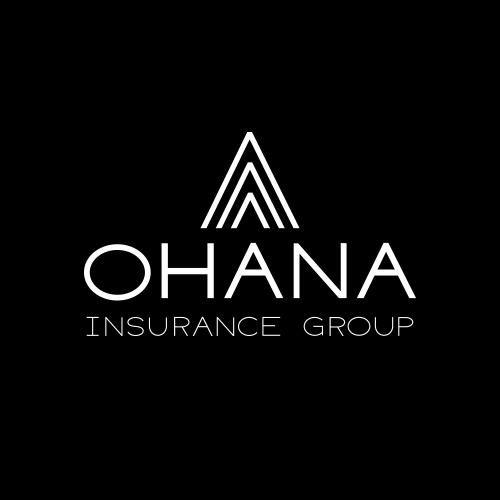Full Coverage Insurance
This is a subtitle for your new post

When you purchase "full coverage" insurance, you might assume you're completely protected from any potential financial loss related to a car accident. In fact, at Ohana Insurance Group, LLC, we prefer to NOT use the term "full coverage" because it's not usually what people think it is. However, this common misconception can lead to significant out-of-pocket expenses. Let's delve into why full coverage isn't truly full coverage.
What Does "Full Coverage" Actually Mean?
Full coverage insurance typically includes:
- Collision Coverage: Covers damage to your vehicle caused by a collision with another vehicle or object, regardless of fault.
- Comprehensive Coverage: Covers damage to your vehicle caused by non-collision events, such as theft, vandalism, hail, or hitting an animal.
- Liability Coverage: Covers damage or injury you cause to others in an accident.
The Missing Pieces
While these coverages are essential, they don't account for every possible scenario:
- Deductibles: You'll need to pay a deductible before your insurance kicks in for collision and comprehensive claims.
- Rental Car Reimbursement: This coverage is often optional and may have limitations on the daily rental rate and rental period.
- Roadside Assistance: While some policies include basic roadside assistance, more comprehensive coverage may require additional fees.
- Gap Insurance: If your vehicle is totaled, gap insurance covers the difference between your car's actual cash value and the outstanding loan balance.
- Medical Payments Coverage: This coverage pays for medical expenses for you and your passengers, regardless of fault. However, it may have limits, and you might need additional health insurance to cover larger medical bills.
How to Maximize Your Coverage
To ensure you're truly protected, consider the following tips:
- Understand Your Policy: Read your policy carefully to know exactly what's covered and what's not.
- Choose the Right Deductible: A higher deductible can lower your premium, but it means you'll pay more out of pocket for claims.
- Consider Additional Coverages: Explore optional coverages like rental car reimbursement, roadside assistance, and gap insurance.
- Review Your Policy Annually: Your insurance needs may change over time. Review your policy annually to ensure it still meets your needs.
By understanding the limitations of full coverage insurance and taking steps to maximize your protection, you can safeguard your finances in the event of an accident. We are here to assist you if you have any questions you can call our office at 361-334-0530 and we would be pleased to review your current policies. We are located at 3765 South Alameda in Doddridge Plaza in central Corpus Christi.
Recent posts









